
Predicting the Woman Hairstyles of the Future: 7 Trends Shaping the Next Decade | Tech & Sustainability
12 min read

12 min read

12 min read
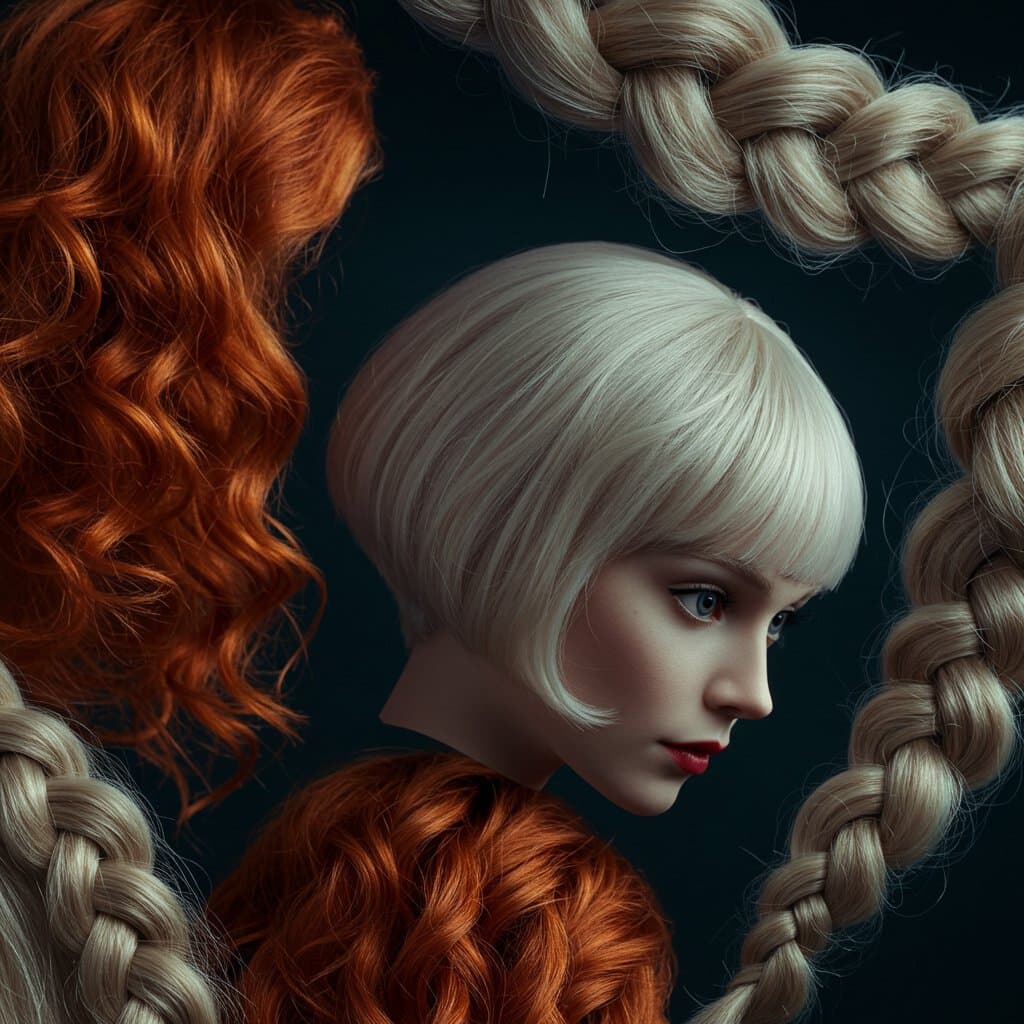
14 min read
Download our app to instantly see how you'd look with any hairstyle or color
Get the App
14 min read
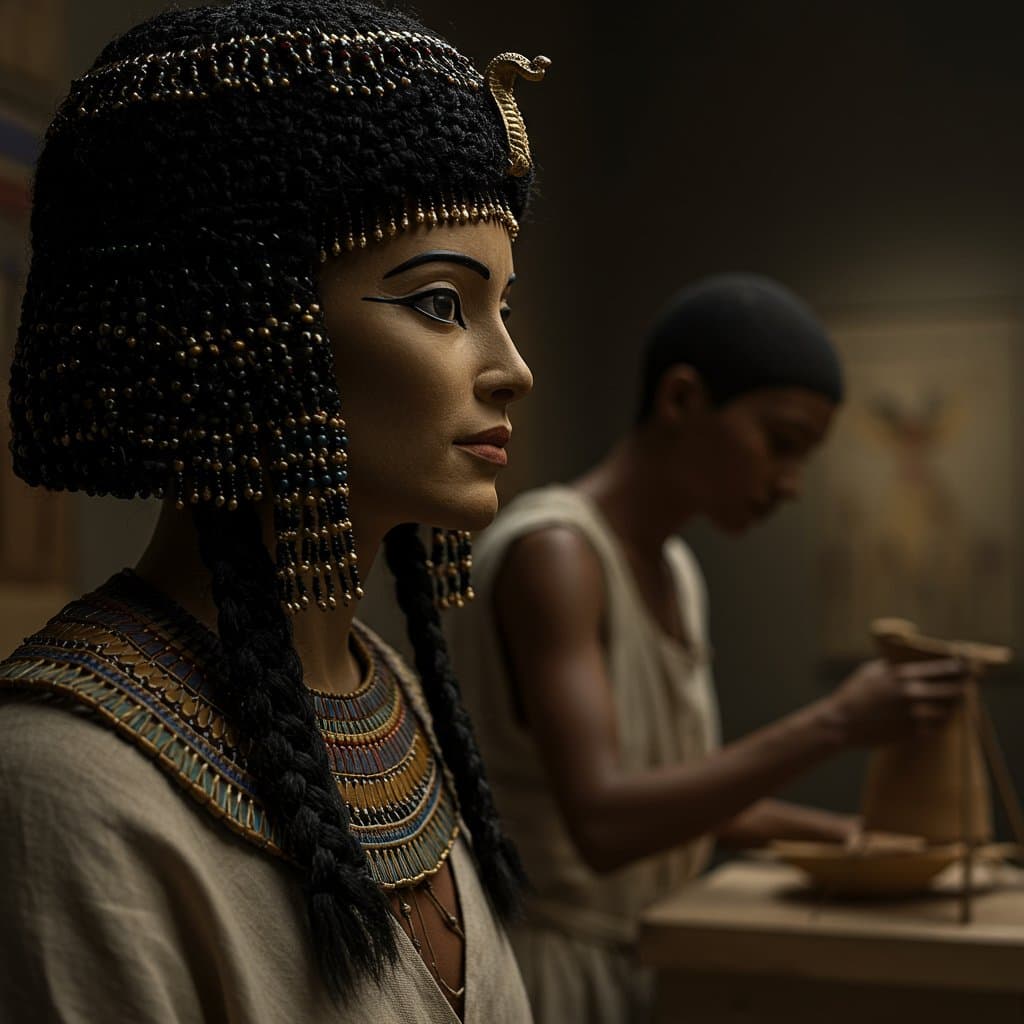
13 min read

11 min read
Download our app to instantly see how you'd look with any hairstyle or color
Get the AppThe Afro is not merely a hairstyle; it is a profound declaration. It is a crown, a statement, and a powerful emblem of history, resilience, and beauty. For centuries, Black hair has been a site of political and cultural struggle, and the Afro stands as one of the most visible and iconic symbols of Black pride and identity. Its story is woven through time, from the intricate styles of ancient African civilizations to the defiant fists raised during the Civil Rights Movement, and into the vibrant, global natural hair community of today. Understanding the journey of the Afro is to understand a crucial part of the Black experience—a journey of reclamation, self-love, and unapologetic existence.
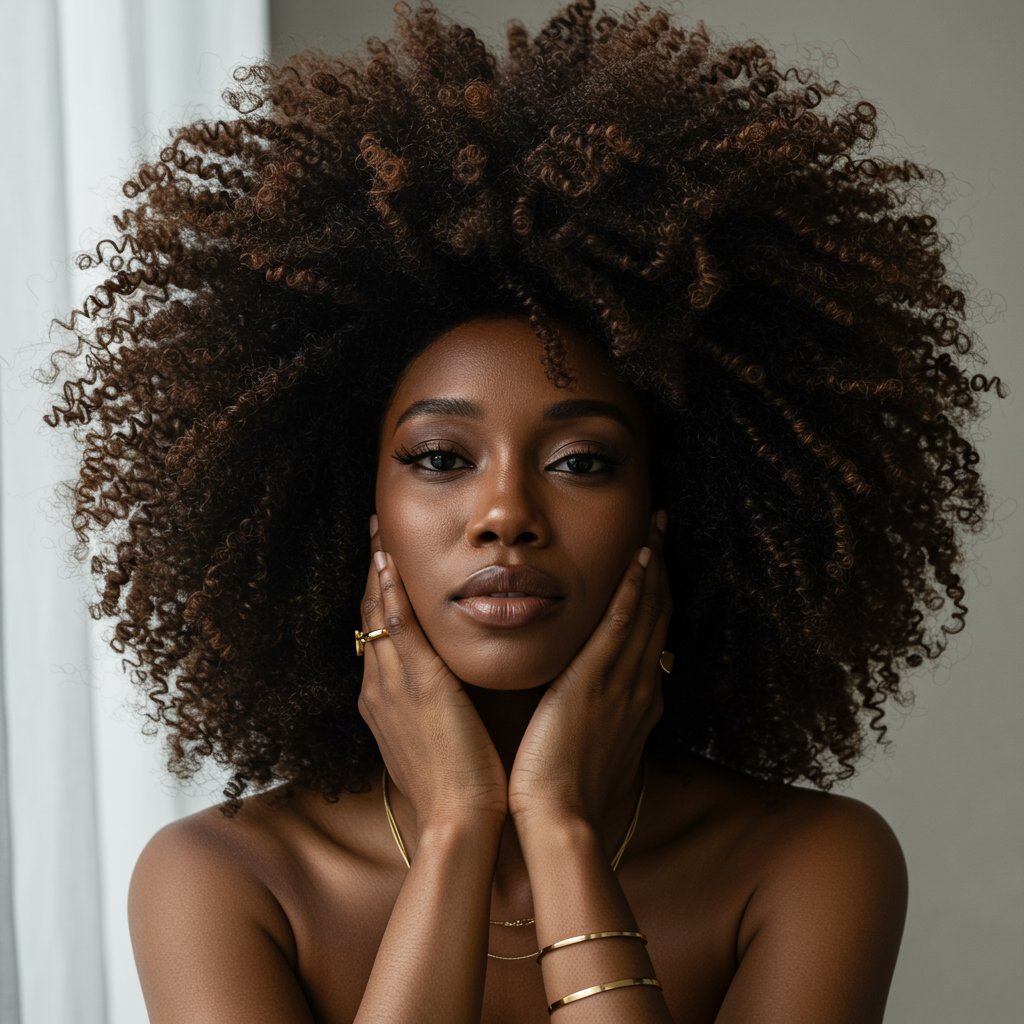
This hairstyle, in its beautiful, gravity-defying glory, represents a deliberate choice to embrace natural texture in a world that has often demanded conformity to Eurocentric beauty standards. It challenges outdated norms and celebrates the unique genetic heritage of people of African descent. In this comprehensive exploration, we will delve into the rich history and cultural significance of the Afro as a symbol of Black pride, tracing its evolution from a marker of identity in Africa to a revolutionary icon and a modern beacon of self-acceptance.
Long before the Afro became a political symbol in the West, hair held immense cultural, spiritual, and social significance across the African continent. In many pre-colonial societies, hair was a form of art and a complex language. Styles were not chosen arbitrarily; they communicated a person's identity, including their tribe, marital status, age, wealth, and social rank. Intricate braids, twists, locks, and threaded styles were worn with pride, often adorned with beads, shells, and gold.
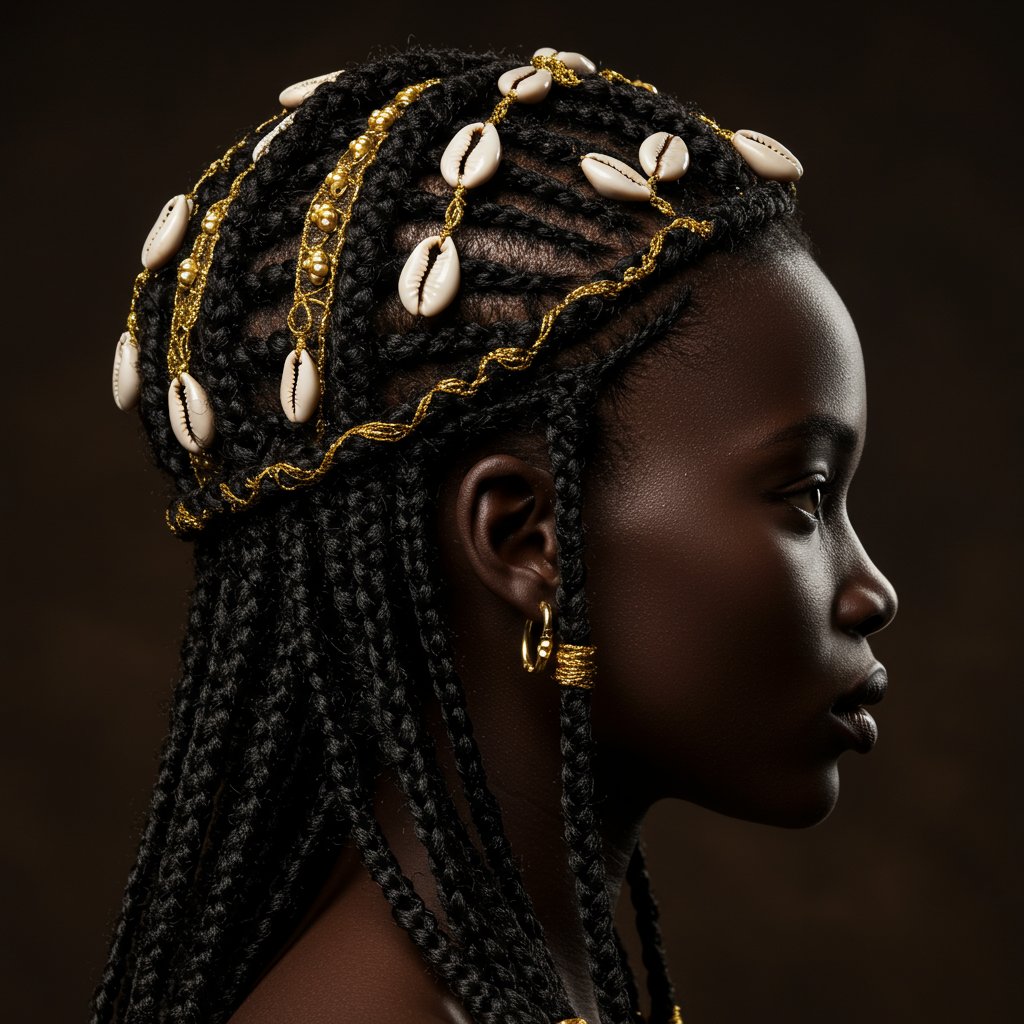
These elaborate coiffures were a testament to the community's artistic skill and cultural values. The process of hairstyling was a communal ritual, a time for bonding and passing down traditions through generations. Hair was seen as a source of spiritual power, with some believing it acted as a conduit to connect with the divine. The meticulous care and artistry invested in hair demonstrated a deep-seated respect for personal presentation and cultural heritage. This historical foundation is crucial to understanding why the forced suppression of these practices was so devastating, and why reclaiming natural hair, like the Afro, is such a powerful act.
The transatlantic slave trade marked a brutal turning point in the history of Black hair. Upon capture, one of the first acts of dehumanization was the shaving of heads, stripping individuals of their cultural identity and severing their connection to their heritage. In the centuries that followed, slavery and colonialism systematically imposed Eurocentric standards of beauty, framing African features and hair textures as inferior. Kinky, coily hair was labeled 'unruly,' 'unprofessional,' and 'unkept,' forcing generations to internalize a sense of shame about their natural appearance.
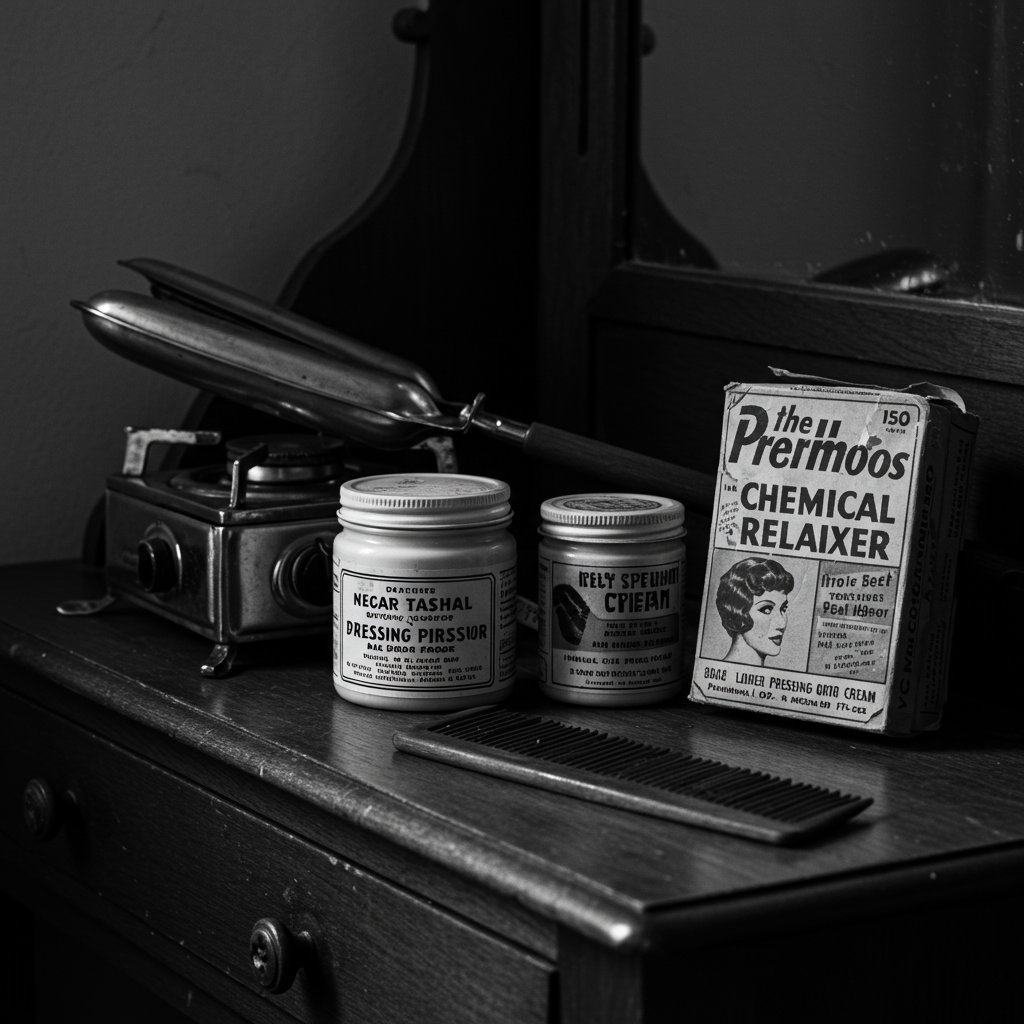
This pressure led to the development of painful and often damaging practices aimed at straightening hair to assimilate into the dominant culture. The invention of the hot comb by Madam C.J. Walker (though initially intended for hair health) and later, chemical relaxers, became tools for survival and social mobility. Adhering to these standards was often a prerequisite for securing employment, education, and social acceptance. This era of suppression created a deep and painful conflict, forcing a choice between cultural authenticity and the perceived necessity of conformity. The psychological impact of this period cannot be overstated, laying the groundwork for the revolutionary reclamation to come.
The 1960s and 1970s ushered in a seismic cultural shift. Amid the Civil Rights and Black Power Movements, a new consciousness emerged, encapsulated by the rallying cry, "Black is Beautiful." This movement was a direct and powerful rejection of centuries of imposed beauty standards. Activists and cultural leaders sought to reclaim their African heritage and celebrate their Blackness in its most authentic form. The Afro became the most potent and visible symbol of this revolution.
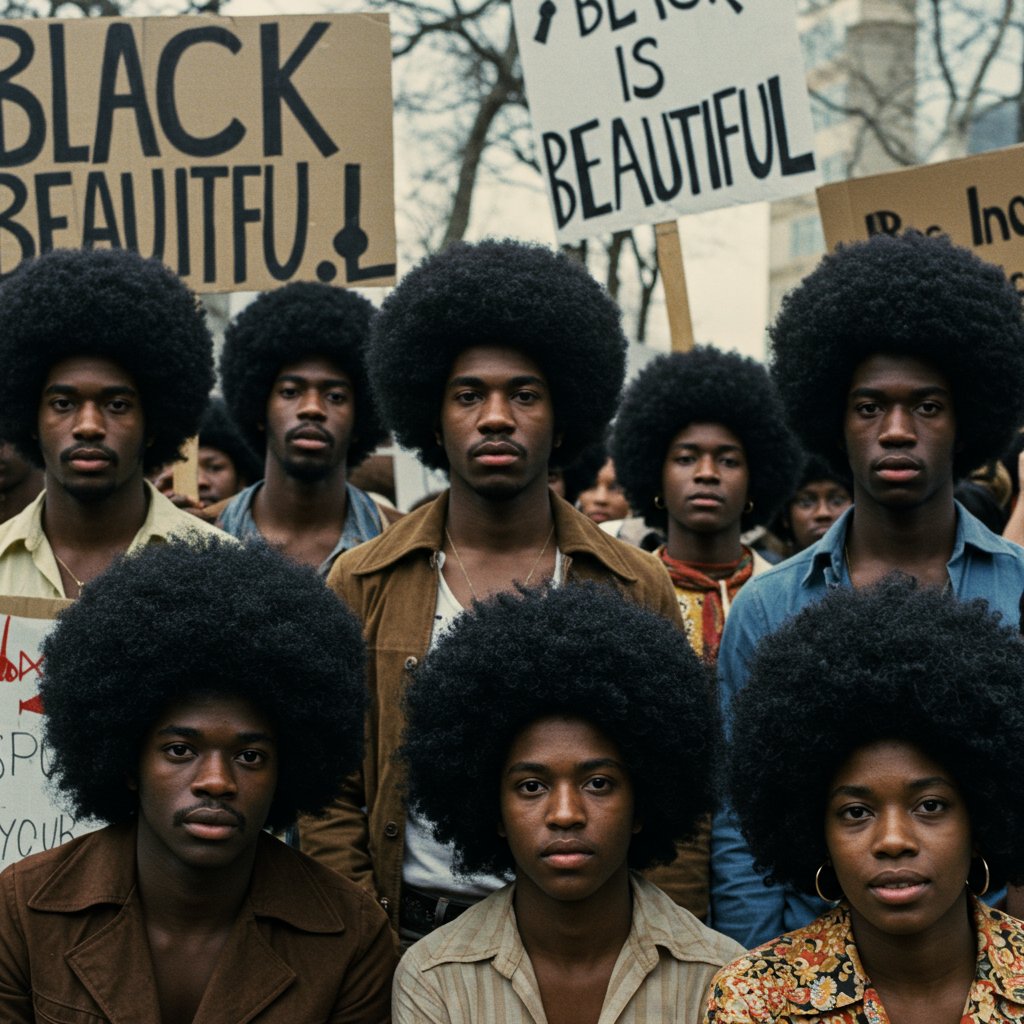
Choosing to wear an Afro was a radical political act. It was a non-violent, yet deeply defiant, statement against systemic oppression and cultural assimilation. It signified a rejection of the need to straighten one's hair to be deemed acceptable. The Afro was a crown of resistance, worn with pride by members of organizations like the Black Panther Party and embraced by everyday people who were inspired by the movement's message of self-determination and racial pride. It was a visual representation of a shift in mindset—a declaration of self-love and a demand for respect.
The Afro’s ascent into a global symbol was amplified by the influential figures who wore it with unapologetic confidence. These icons used their platforms to challenge the status quo and showcase the beauty and versatility of natural Black hair to the world. Their visibility helped normalize the style and cement its place in cultural history.
These figures, and countless others, transformed the Afro from a hairstyle into a cultural phenomenon. They demonstrated that embracing one's natural hair was not just acceptable but aspirational, beautiful, and powerful.
After a period in the 1980s and 90s where relaxers and weaves saw a resurgence in popularity, the 21st century has witnessed a powerful and widespread return to natural hair. Fueled by the internet and social media, the modern natural hair movement has created a global community where individuals share knowledge, celebrate their textures, and find solidarity. This contemporary renaissance is distinct from its 1970s predecessor; while still political, it is also deeply personal.

Today, wearing an Afro or other natural styles is often framed as an act of self-care, wellness, and personal liberation. Online platforms like YouTube, Instagram, and TikTok have empowered a new generation of influencers and educators who provide tutorials on hair care, product recommendations, and, most importantly, a sense of community. This movement emphasizes hair health and the celebration of the full spectrum of Black hair textures, from loose curls to tight coils. The modern Afro is a symbol of individual choice and the freedom to define beauty on one's own terms, building on the legacy of the activists who paved the way.
Despite significant progress, the fight for acceptance of natural Black hair is far from over. Hair discrimination remains a serious issue in corporate, educational, and even social settings. Black individuals, particularly women, are often subjected to biased dress codes and unsolicited comments, with their natural hair being unfairly labeled as 'unprofessional' or 'unruly.' This prejudice is a modern manifestation of the same systemic biases that the Black Power movement fought against.
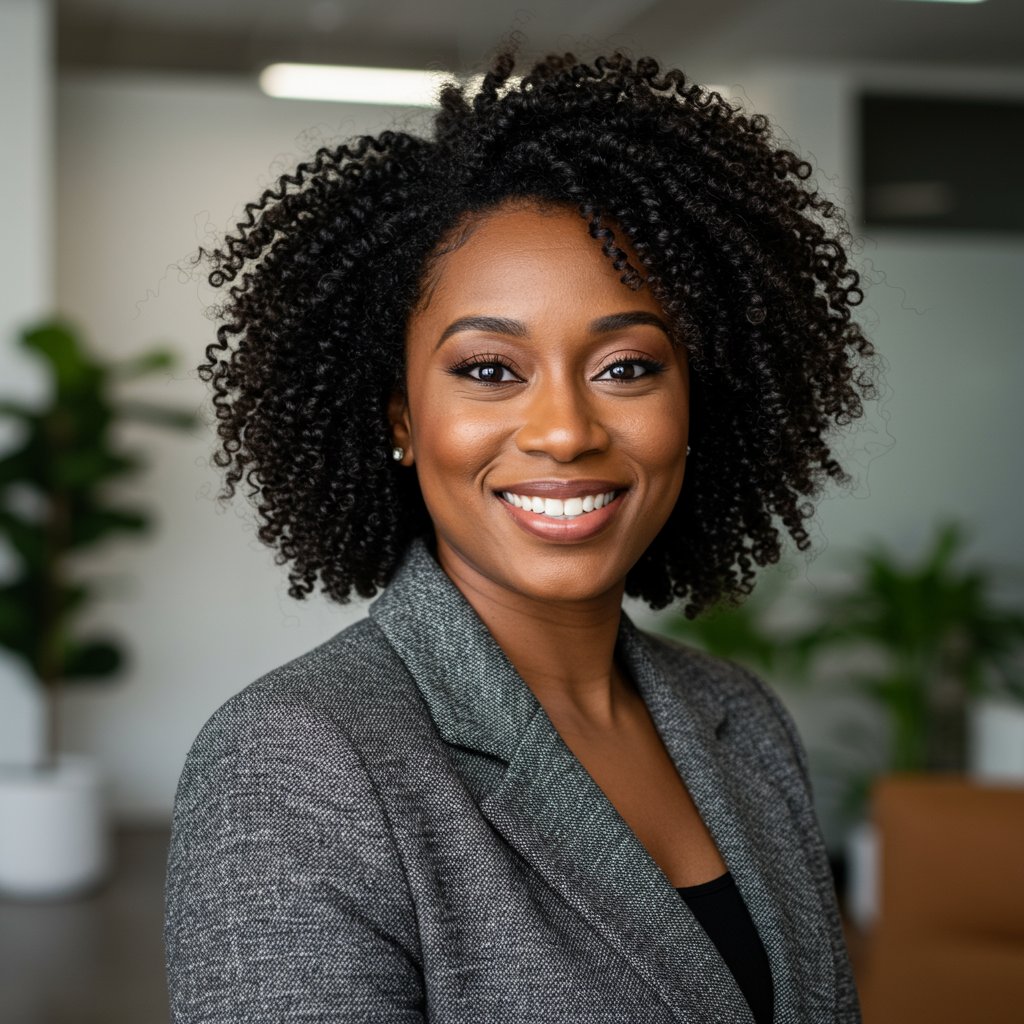
In response, a powerful legal movement has emerged. The CROWN Act (Creating a Respectful and Open World for Natural Hair) is landmark legislation designed to prohibit race-based hair discrimination. Its passage in numerous states represents a critical step toward ensuring that people can wear their natural hair, including Afros, braids, and locs, without fear of facing penalties at work or school. The ongoing push for the CROWN Act highlights that the choice to wear an Afro remains a relevant and necessary assertion of civil rights and cultural identity.
The impact and symbolism of the Afro extend far beyond the United States. It has become a global emblem of Black identity and solidarity across the African diaspora. In countries like Brazil, the United Kingdom, Colombia, and across the Caribbean, the Afro represents a powerful connection to African ancestry and a shared history of resistance and cultural pride. It serves as a unifying symbol for Black communities worldwide, challenging local beauty standards and celebrating a collective heritage.
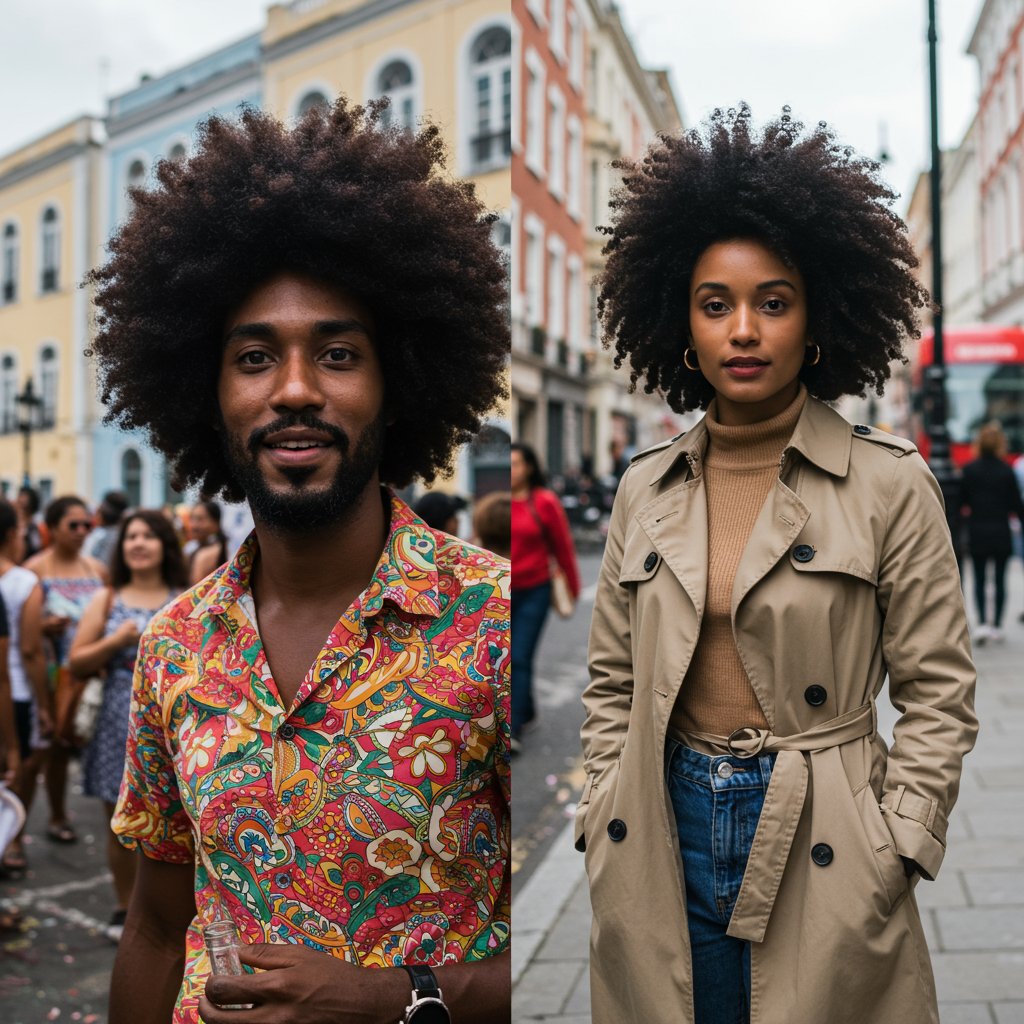
Furthermore, the Afro's message of embracing natural identity has inspired other social and cultural movements. It resonates with marginalized groups globally who are fighting to preserve their own cultural traditions in the face of homogenization. The Afro is a testament to the idea that authenticity is a universal form of power, inspiring people everywhere to find beauty and strength in their unique roots.
Embracing an Afro is a journey of love and care. A healthy, vibrant Afro requires a dedicated routine focused on moisture and gentle handling. Here are some essential tips:
Q1: What does the Afro truly symbolize?
The Afro symbolizes a rich tapestry of meanings: Black pride, resistance to oppression, rejection of Eurocentric beauty standards, a connection to African heritage, and a celebration of natural beauty. It is a powerful statement of self-love and cultural identity.
Q2: Why did the Afro become so popular in the 1960s and 70s?
It rose to prominence during the Black Power Movement as a physical manifestation of the "Black is Beautiful" ideology. Activists and cultural icons adopted the style as a symbol of racial pride and a deliberate rejection of assimilationist pressures.
Q3: Is wearing an Afro still considered a political statement today?
Yes, it can be. In many contexts, especially in professional or institutional settings where Eurocentric norms still prevail, choosing to wear an Afro is a statement of authenticity and a challenge to biased standards. The need for legislation like the CROWN Act confirms its ongoing political relevance.
Q4: How is the modern natural hair movement different from the 1970s movement?
While the 70s movement was primarily a collective political statement, the modern movement is both political and deeply personal. It is amplified by social media, focuses heavily on hair health and education, and celebrates a wider diversity of natural hair textures and styles. It's about both collective pride and individual expression.
Q5: What is the CROWN Act and why is it important?
The CROWN Act is legislation that prohibits discrimination based on hair texture and protective hairstyles associated with race. It is important because it provides legal protection for Black individuals who have been unfairly penalized, fired, or sent home from school for wearing their hair in its natural state, including in Afros, braids, or locs.
Q6: Can any Black person with natural hair grow an Afro?
The term "Afro" generally refers to a style where tightly textured hair is grown and styled outwards. While many Black people can grow an Afro, hair textures vary widely, from wavy and curly to coily and kinky. The shape, size, and density of an Afro will differ beautifully from person to person, reflecting their unique hair type.
The Afro is far more than a trend; it is a timeless and powerful symbol woven into the fabric of Black history and identity. From its origins as a language of culture in Africa, through its emergence as a revolutionary emblem in the 1960s, to its celebration in today's global natural hair community, the Afro remains a profound declaration of self. It represents a journey from suppression to liberation, from shame to unapologetic pride.
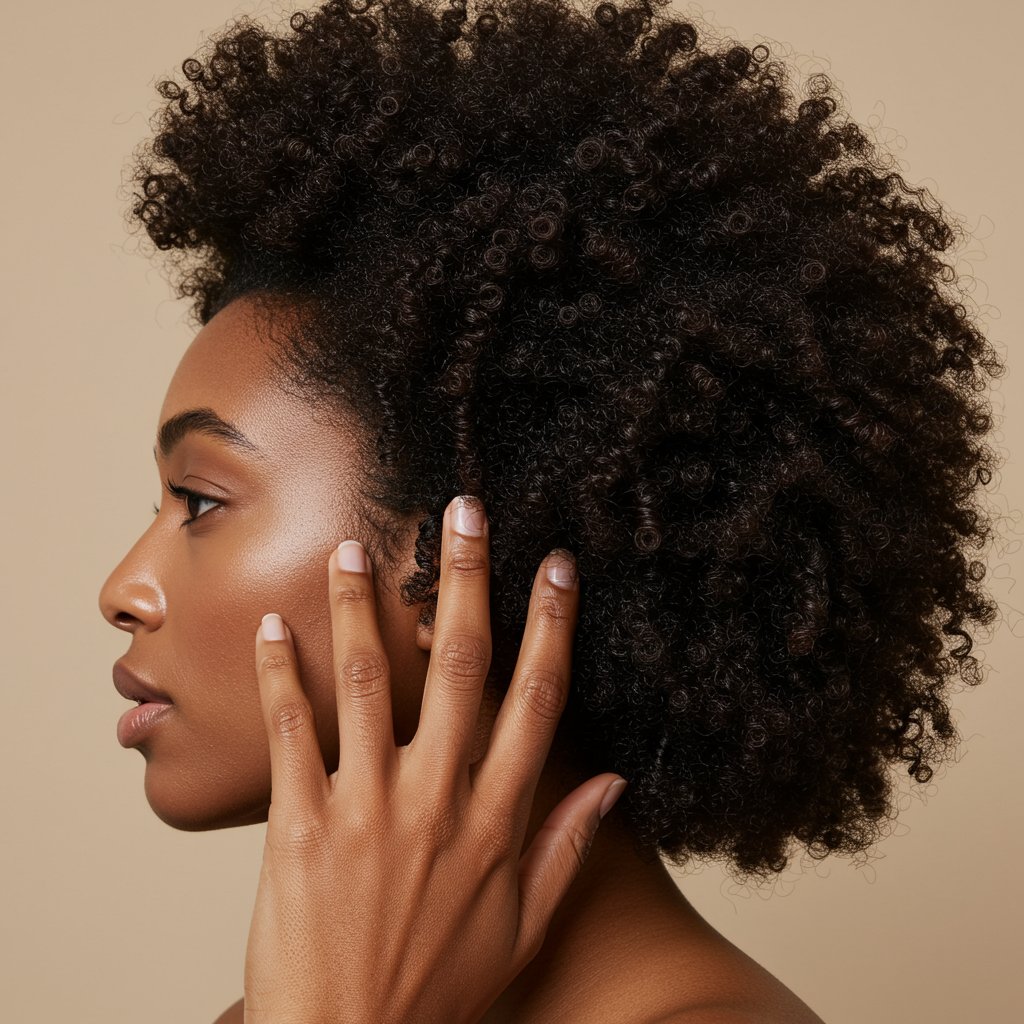
To wear an Afro is to carry a legacy of resilience, to honor the ancestors who fought for the freedom to exist authentically, and to inspire future generations to love the crown they were born with. It is a beautiful, bold, and enduring symbol of the fact that Black is, and always has been, beautiful.
Download our app to instantly see how you'd look with any hairstyle or color
Get the App
12 min read

12 min read

14 min read